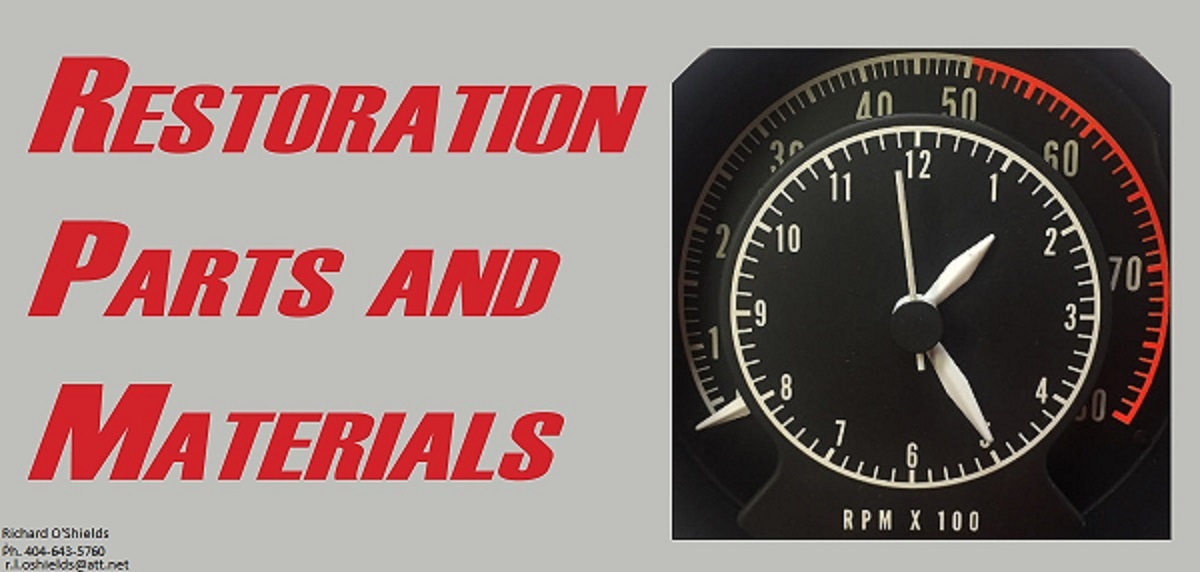Back to the Brougham theme then!
As the low-down Custom 500 and the Broughamtastic LTD are not two end points on a gliding scale it makes little sense to compare year-on-year sales numbers for those trim levels. They compete in neatly separated categories, the former in the fleet market, the latter in the private market. Besides, fleet sales numbers are not readily available.
Chevrolet's fullsize is treated different in this respect: low-trim-level Impala and before that Bel Air, although also intended for the fleet market, are mentioned and pictured in the fullsize sales brochures. So let's see how the Brougham vs. fleet car conflict plays out at Chevrolet, expressed as percentages of total fullsize Chevy sales:
1974 Bel Air 5.42%
1974 Impala 64.22%
1974 Caprice Classic 30.36%
1975 Bel Air 5.28%
1975 Impala 59.08%
1975 Caprice Classic 35.63%
1976 Impala 56.44%
1976 Caprice Classic 43.56%
1977 Impala 48.41%
1977 Caprice Classic 51.60%
Top-trim-level Caprice Classic saw its share grow, year on year on year on year ... Exactly the opposite from what happened at Plymouth! To be honest, the upward trend for Caprice had already set in
some years before. This growing preference for Broughamy offerings was a tendency that Plymouth failed to cash in on.
Although it's clear from these numbers that Chevrolet did not get dragged down by a fleet car image, it's not immediately clear how they did it. The following are just some suggestions:
1) Plymouth is mostly silent about its lowest trim level in the sales brochures, whereas Chevrolet's is expressly mentioned and pushed to budget-minded buyers, in ads as well as brochures. Straight from the 1974 Chevrolet fullsize brochure: "Consider the enviable luxury of the Caprice Classic. The persistent value of the top-selling Impala. The economy approach of the Bel Air." That's clear-cut market positioning that leaves nobody in doubt. Now get this from the Plymouth brochure: "Value can be beautiful, too. Especially when you consider that we've made a 360-cubic-inch V-8 engine standard equipment on every Fury III, Fury II and Fury I in '74." So we have three value leaders here?
2) Chevrolet details what has been left out of the lowest-level 1976 Impala S with respect to the main-stream Impala, as if it were a special operation carried out by the maker for just this purpose. With Plymouth it is more about adding that makes you shift trim level, like a buyer who would be picking an extra accessory. It's like the difference between a restaurant and a lunchtime self-service.
3) The trim levels have distinct names at Chevrolet (Bel Air/Impala/Caprice Classic). Plymouth first has mainly numbers (I/II/III/Gran), than suffixes (Gran Fury/Gran Fury Custom/Gran Fury Brougham). Chevrolet's and also Ford's naming practice relates more easily to different images. Chevrolet and Ford had already been carefully building a Brougham image around their top-trim-level names since the late Sixties, whereas Plymouth struggled to do so. First you had the VIP, than the Sport Fury Brougham (a package rather than a trim level), after that the Gran Sedan/Coupe, again with an optional Brougham package. Such a package did more for the interior than for exterior appeareance, though.
4) A clear distinction between trim levels is also present in styling. A 1974 Caprice Classic differs as much from a 1974 Impala, with distinct front and rear set-ups, as does 1974 Newport from New Yorker. For the 1974 Fury family you can't say that.
I like my 1974 Fury III a lot, and I like the fact that it is a Fury III and not a II or a Gran Sedan. But I don't like its given name. It doesn't conjure up any association at all and "Fury" is just fine with me. There you have it: as a Fury owner I don't distinguish trim levels when I talk about my car.
















